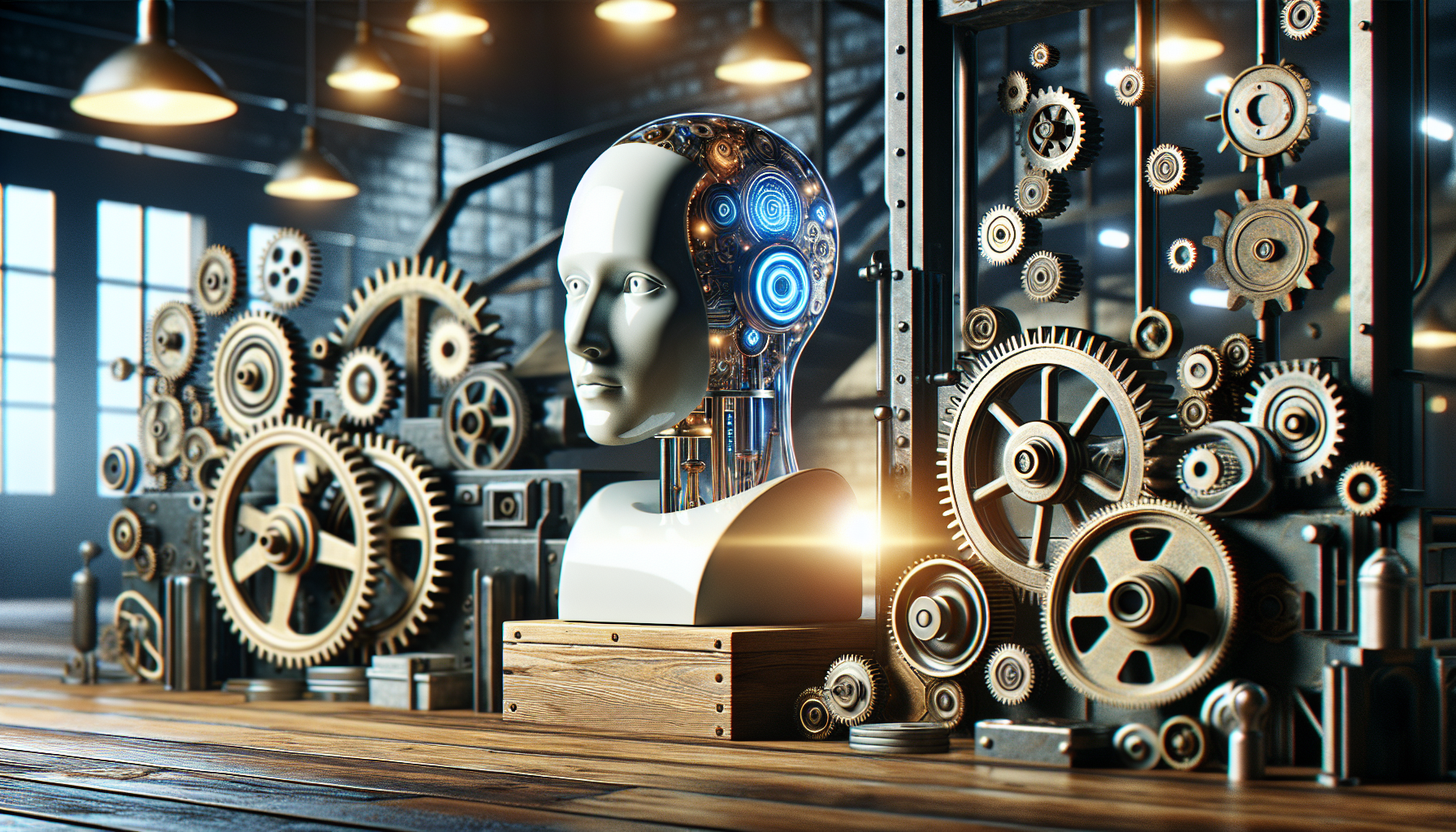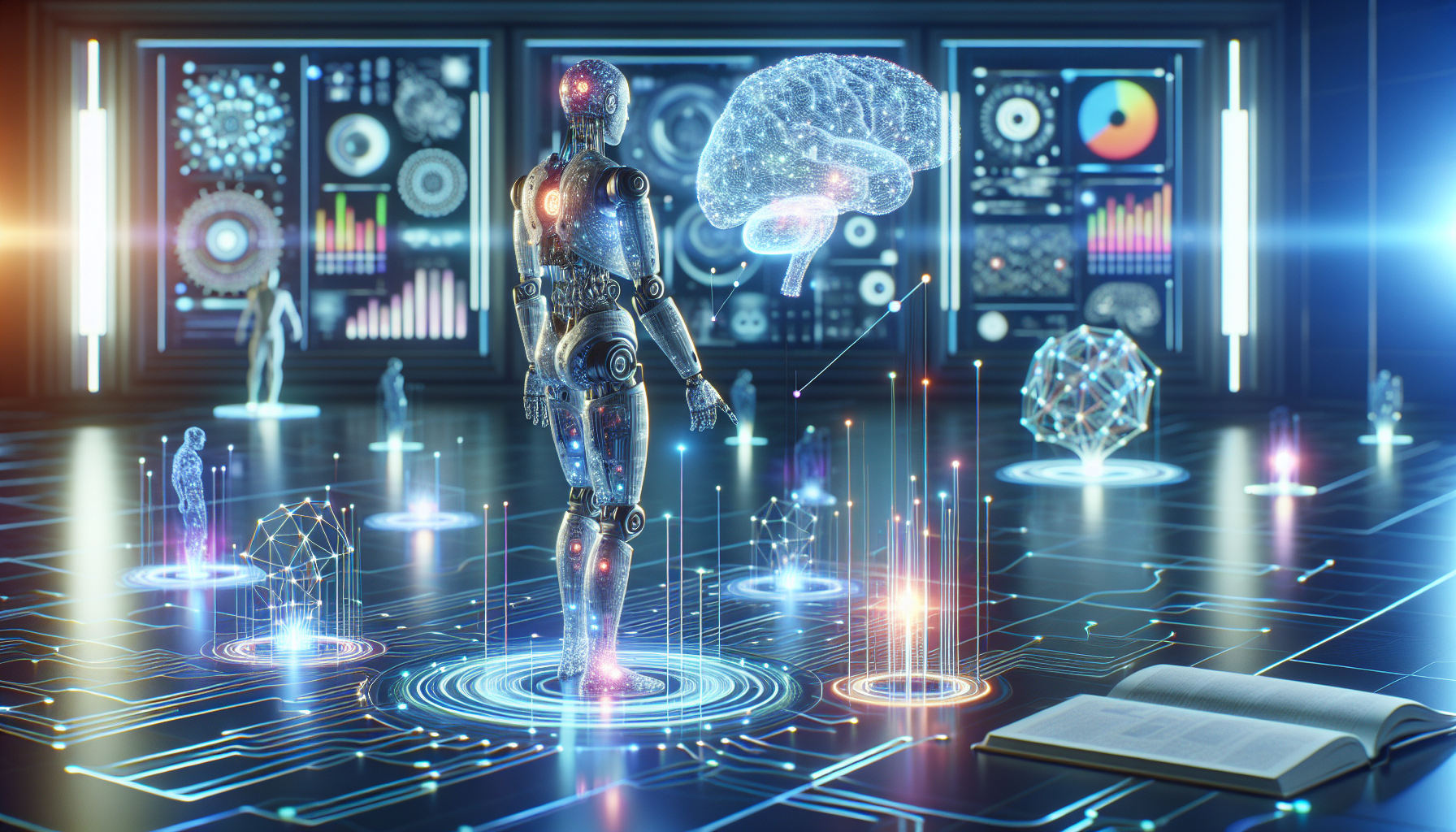
The Science Behind AI: Unpacking the Historical Roots of Algorithms and Data Structures
July 29, 2025
Artificial Intelligence, often shrouded in a veneer of modernity, is deeply rooted in a historical narrative that is as complex as the algorithms it employs. The journey of AI is not a recent sprint but a marathon that began long before silicon chips ruled the world. To truly understand AI, we must first dissect the science that powers it: algorithms and data structures. These are not mere technical components but rather the bedrock upon which artificial intelligence stands—an intricate tapestry woven from the threads of mathematics, philosophy, and early computer science.
The story of algorithms begins with the ancient mathematicians. The term itself is derived from the name of a Persian scholar, whose work on systematic procedures for calculations laid the groundwork for what we now call algorithms. These procedures were the primitive ancestors of today's complex neural networks. Despite the passage of time, the fundamental concept remains unchanged: an algorithm is a finite sequence of well-defined instructions, typically used to solve a class of problems or to perform a computation.
However, it is the evolution of these algorithms that deserves scrutiny. The leap from simple arithmetic procedures to sophisticated machine learning models was neither smooth nor inevitable. It was a path fraught with failures and misconceptions. Early attempts at creating intelligent machines were hindered by the limitations of contemporary technology and a lack of understanding of the human mind. The initial optimism that machines could easily emulate human intelligence was met with the harsh reality of AI's dependency on raw computational power and vast amounts of data—resources that were not available in abundance at the time.
The role of data structures in this historical context cannot be overlooked. As much as algorithms provide the steps for processing data, it is the data structures that determine the way data is stored, organized, and manipulated. The development of efficient data structures was critical in transforming theoretical algorithms into practical applications. Yet, the history of data structures is often overshadowed by the more glamorous narrative of algorithmic breakthroughs. This oversight is a disservice to the architects who meticulously designed the frameworks necessary for handling the ever-increasing volumes of data that define our digital age.
A critical look at the history of AI reveals a pattern of over-promising and under-delivering. The early days of AI were characterized by the belief that human-like intelligence was just around the corner. This optimism was fueled by the success of symbolic AI, which relied heavily on logic-based algorithms. However, these systems struggled with real-world complexities and the variability of human thought. The subsequent disillusionment, often referred to as the "AI winter," was a direct consequence of this mismatch between expectations and reality.
Nevertheless, these setbacks were instrumental in propelling AI research in new directions. The focus shifted towards learning from data rather than relying solely on pre-programmed rules. This paradigm shift was essential for the development of machine learning—a subset of AI that emphasizes the ability of machines to learn and adapt from experience. Machine learning algorithms, particularly those based on neural networks, are inspired by the human brain's architecture. Yet, the comparison is often superficial; the biological plausibility of these models remains contentious among scientists.
The critical examination of AI's development also uncovers the ethical and philosophical dilemmas that have persisted through its history. The quest to replicate human intelligence has always been shadowed by questions about the nature of consciousness and the implications of creating autonomous entities. As AI systems become more integrated into society, these concerns are more relevant than ever. The historical perspective reminds us that the pursuit of AI is not just a technical challenge but a reflection of humanity's broader ambitions and anxieties.
In reflecting on the historical roots of AI, one cannot help but wonder whether the lessons of the past are being heeded. The rapid advancements in AI continue to spark debates about its potential and perils. Are we repeating the cycles of hype followed by disillusionment? Or are we on the cusp of achieving the promises long imagined by early pioneers? The answers lie not just in the technology itself but in how we choose to wield it. The science behind AI is a testament to human ingenuity and our relentless pursuit of understanding and innovation. Yet, it is also a reminder of our limitations and the need for critical reflection as we stand on the brink of a future shaped by artificial intelligence.


